Download
The Situation
The Challenge(s)
- How can we tell where to cut the butter so you have 1/3 of a cup?
- How can we tell where to cut the butter so you have 1/2 of a cup?
- How can we tell where to cut the butter so you have 2/4 of a cup?
- How can we tell where to cut the butter so you have 1/8 of a cup?
- How can we tell where to cut the butter so you have a whole cup?
- How can we tell if 1/3 of a cup is more than 1/4 of a cup?
- How can we tell if 1/3 of a cup is more than 1/2 of a cup?
Question(s) To Ask
- What is a guess that is too small?
- What is a guess that is too big?
- What is your best guess?
Consider This
Begin by showing students the image below:
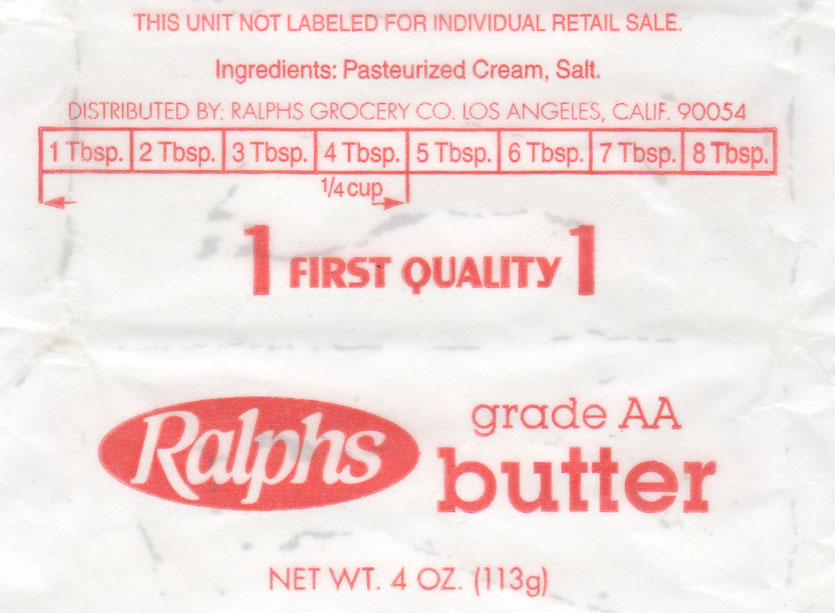
If students are having significant trouble finding 1/3 of a cup and you wish to scaffold the activity, you can ask them to find 1/2 of a cup first. The image below has the “1/2 cup” on the image but the “1/3 cup” is still missing.
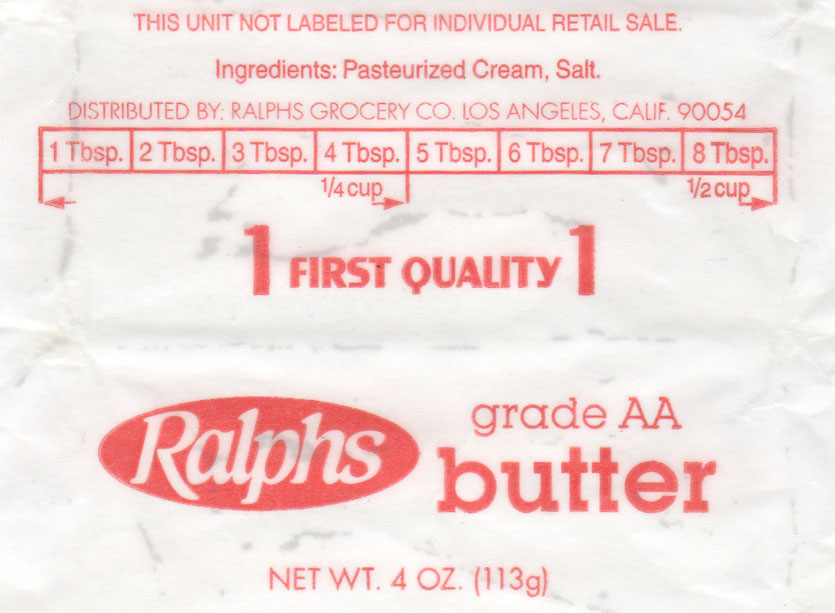
Finally, when they are ready for the reveal, here is the original image:
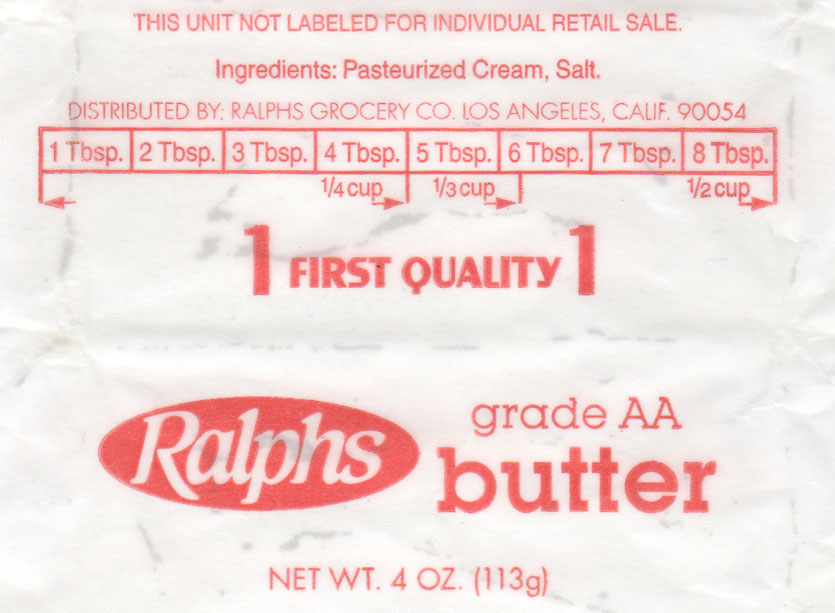
It may be useful for students to have a template with the same scale for comparison purposes so I have included a PDF of the template below when you click on the “Download files” button.
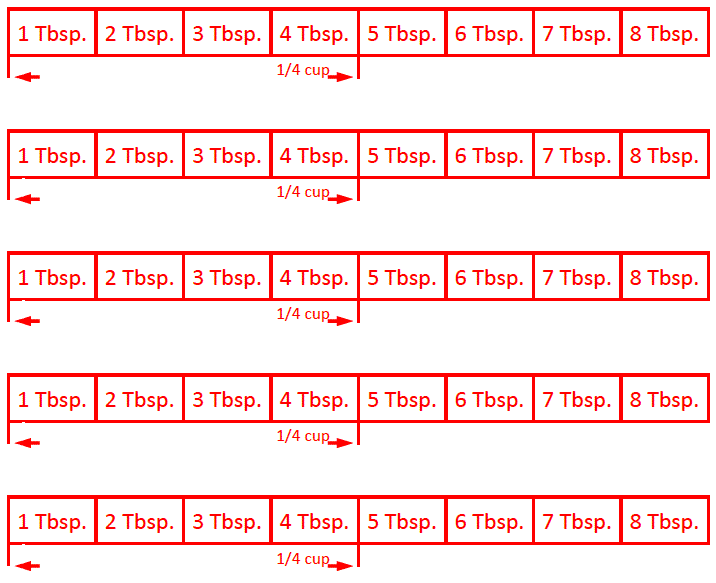
What You'll Need
- A stick of butter
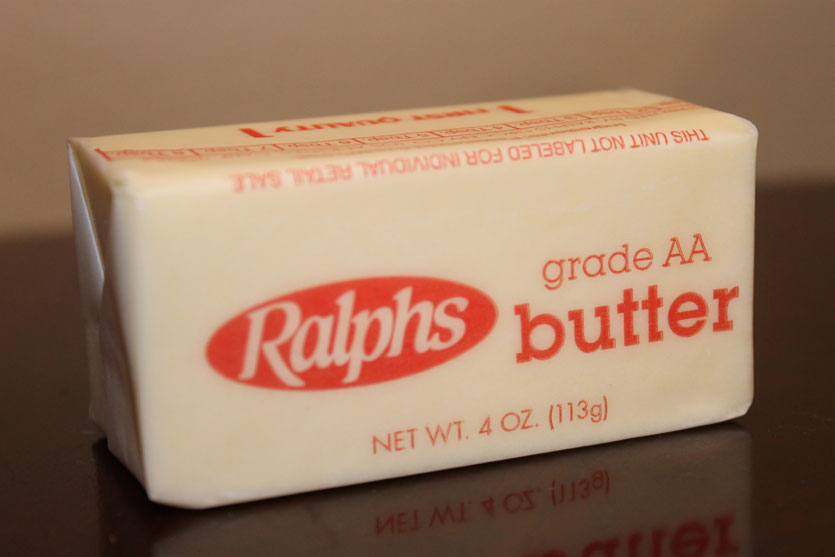
- Two sticks of butter side by side (to illustrate what a whole cup looks like)

Teacher Work
Content Standard(s)
- CCSS 3.NF.1 Understand a fraction 1/b as the quantity formed by 1 part when a whole is partitioned into b equal parts; understand a fraction a/b as the quantity formed by a parts of size 1/b.
- CCSS 3.NF.2 Understand a fraction as a number on the number line; represent fractions on a number line diagram.
- CCSS 3.NF.2a Represent a fraction 1/b on a number line diagram by defining the interval from 0 to 1 as the whole and partitioning it into b equal parts. Recognize that each part has size 1/b and that the endpoint of the part based at 0 locates the number 1/b on the number line.
- CCSS 3.NF.2b Represent a fraction a/b on a number line diagram by marking off a lengths 1/b from 0. Recognize that the resulting interval has size a/b and that its endpoint locates the number a/b on the number line.
- CCSS 3.NF.3 Explain equivalence of fractions in special cases, and compare fractions by reasoning about their size.
- CCSS 3.NF.3a Understand two fractions as equivalent (equal) if they are the same size, or the same point on a number line.
- CCSS 3.NF.3b Recognize and generate simple equivalent fractions, e.g., 1/2 = 2/4, 4/6 = 2/3. Explain why the fractions are equivalent, e.g., by using a visual fraction model.
- CCSS 3.NF.3c Express whole numbers as fractions, and recognize fractions that are equivalent to whole numbers. Examples: Express 3 in the form 3 = 3/1; recognize that 6/1 = 6; locate 4/4 and 1 at the same point of a number line diagram.
- CCSS 3.NF.3d Compare two fractions with the same numerator or the same denominator by reasoning about their size. Recognize that comparisons are valid only when the two fractions refer to the same whole. Record the results of comparisons with the symbols >, =, or <, and justify the conclusions, e.g., by using a visual fraction model.
Source(s)
- Ralph’s butter
Download

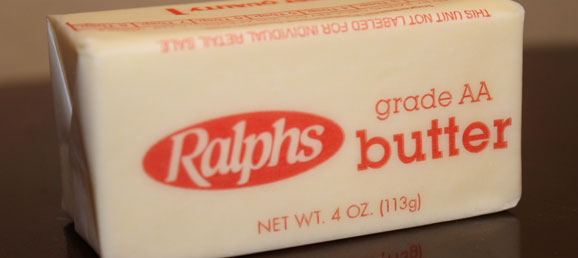

I am planning on using this butter activity as an opening question to a linear equation lessons in culinary. After asking the students I will have them plug in the values of (0,0) , (4 tbsp to 1/4 cup), (8 tbsp to 1/2 cup) and do a linear regression in Desmos. However, using the linear model will result in 5.33 tbsp to a 1/3 cup, while the label shows that its past 6 tbsp. I think this can lead to confusion?
Thanks!
Hi Thea. I think I understand where the confusion is. Yes, the marking for 1/3 of a cup is between 5 tablespoons and 6 tablespoons. You may be making the assumption that this means it is more than 6. To me, I assume that it is 5 full tablespoons and 1/3 of the 6th tablespoon. So, the label and the regression match up.
That being said, it does look like the line on the label is closer to 5 1/4 tablespoons instead of 5 1/3 tablespoons, so there is an issue there.
The label does show 5 and 1/3 Tbsp. The line is 1/3 of the way through the 6th Tbsp. not all the way through the 6.
When I click the “download lesson files” button, nothing happens. Is there another way to access the files?
Hmm. I just checked and it works for me. When you click on it, there should be a pop up that asks for your information so it can email the files to you. If you’re not seeing that, is it possible you have pop ups blocked? Maybe try a different browser? If you’re not getting the emails, maybe try a non-work email address?
I turned off my pop up blocker, tried a different browser, and a different device. I am able to download the lesson PDF, just not the lesson files. I signed up for the email and got the welcome email so that part seems to be working.
I got it! It was my school wifi. It worked with my personal hotspot. Thank you!
Wonderful. School district web filters often turn out to be the issue when this happens.